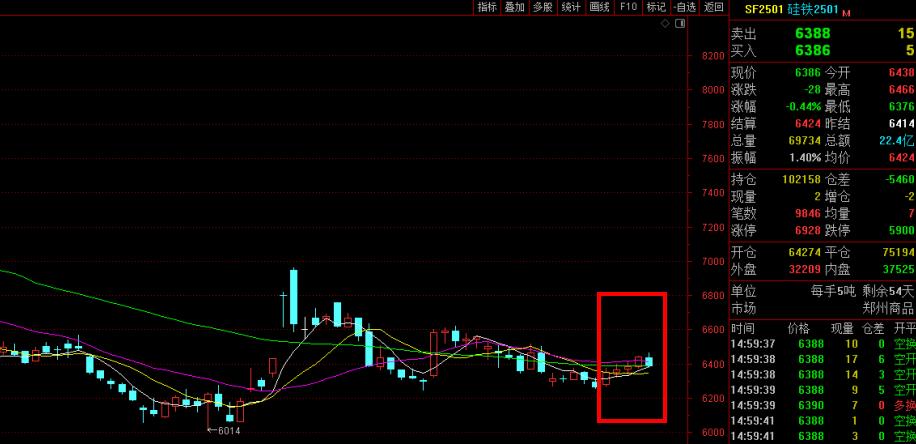Professional services firm EY’s Canadian Mining Eye index has gained 4% during the three months ended June, recording a gain for the first time since the second quarter of 2014, compared with a 1% decline in the first quarter.
The index outperformed the S&P/TSX Composite index, which slipped 2% during the quarter, while the London Metal Exchange index (LMEX) declined 5% over the quarter. EY’s AIM-based Mining Eye rose 13% during the second quarter.
“While Canadian mining equities continued to face downward pressure due to weakness in metal prices, a few companies surprised investors with better-than-expected financial results, higher production data, accretive acquisitions and steady progress in planned projects. While companies remain cautious about their capital expenditure and are focusing only on high-return, priority investments-that strategy seems to be paying off,” EY’s Canadian mining and metals leader Bruce Sprague said on Monday.
The S&P/TSX composite metals and mining index fell 4% during the quarter as most of the companies witnessed margin contraction owing to lower price realizations and higher costs.
Majors witnessed a fall of 4% in the second quarter, compared with a 4% gain in the first quarter, as most of them reported weaker-than-expected financial performance in the face of continued sluggishness in commodity prices, production cuts and margin squeeze amid global economic uncertainty.
According to EY, miners remained cautious about their capital expenditure and were focusing only on high-return, priority investments.
On Monday, equities in Canada’s main market were severely battered, swept along by the global market rout that saw a nearly 9% decline in Chinese stocks and sent commodity prices falling.
GLOBAL ECONOMY
EY labeled the second quarter as having been “eventful” for the global economy, as the focus shifted again to Greece and China. The Greek debt crisis resurfaced with a threat of the ‘Grexit’ from the eurozone, which could potentially destabilize the euro.
In June, a steep correction in Chinese shares after their doubling in the past year spooked investors globally, raising concerns over the state of China’s economy, which was heavily indebted with siginificant excess capacity and falling property prices.
These macro-economic concerns battered commodities, leading to a further slide in prices.
Gold prices decreased 2% in the quarter after a flat first quarter. A strong US dollar, bolstered by the expectations of a US Federal Reserve interest rate hike, lower global inflation expectations and weak physical demand in China put pressure on the yellow metal, while the stock market sell-off in China had a little impact on the safe-haven asset. The bearish sentiment clouding gold strengthened in July, as gold slumped to its lowest level in the last five years owing to further reiteration by the US Federal Reserve to increase borrowing rates later this year, which will boost the US dollar.
Gold was also hit by the latest Greek bailout plan, which eased down fears of Greece exiting the Eurozone, drying up safe-haven purchases.
The slide in base metals comtinued in the second quarter, owing to weak Chinese demand and the Greek crisis. Copper tumbled 5% during the quarter as the slowing Chinese economy was reflected in its recent market volatility Nickel and lead were down 3% and 5%, respectively, on the LME over the period, while zinc slipped 4%.
M&A
Meanwhile, EY reported that mergers and acquisition activity in Canada maintained momentum in the second quarter with very few high-value transactions. Compamies with complementary strenths saw value-enhancing synergies in consolidation, with the $1.5-billion merger of Alamos Gold and AuRico Gold being a case in point.
While a few companies looked to strengthen their market position and portfolio, others with surplus cash or access to capital judiciously considered attractive assets. The market also witnessed low-multiple deals as cash-strapped juniors facing financing challenges were forced to dispose their assets.
Looking ahead, EY expected that metal prices were likely to continue the bearish trend in the second half of the year, owing to the strengthening of the US dollar and weaker global demand. The US Federal Reserve was expected to increase borrowing rates later this year, which would further boost the US dollar. The slowing economy and falling property prices in China, along with the Chinese stock market correction, would continue to put downward pressure on base metals.
Importantly, the strengthening US dollar would continue to impinge gold prices, as lower global inflation expectations had eroded the attractiveness of gold.
Canadian mining equities were expected to remain subdued in the second half owing to further margin squeeze on the backs of lower metal prices and higher costs. The margin contraction would force mining companies to prioritise spending and cut down on their capital expenditure programmes to preserve cash.
Companies would also continue to seek strategic consolidation for portfolio improvement, capital rationalization, operational risk reduction and attractive investment opportunities.
- [Editor:Juan]



 Save
Save Print
Print Daily News
Daily News Research
Research Magazine
Magazine Company Database
Company Database Customized Database
Customized Database Conferences
Conferences Advertisement
Advertisement Trade
Trade


















Tell Us What You Think